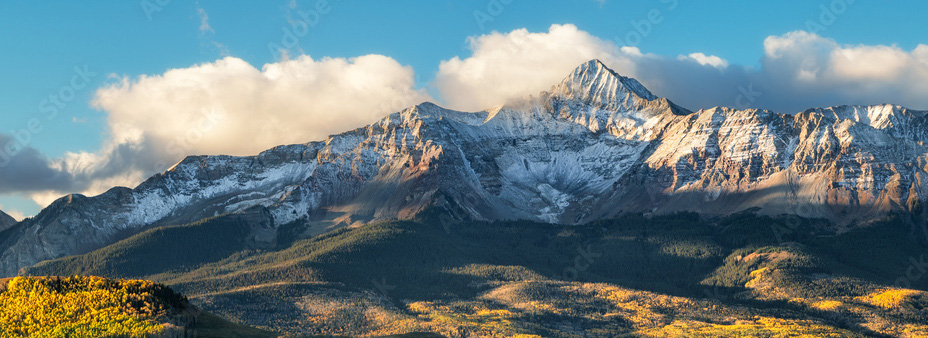
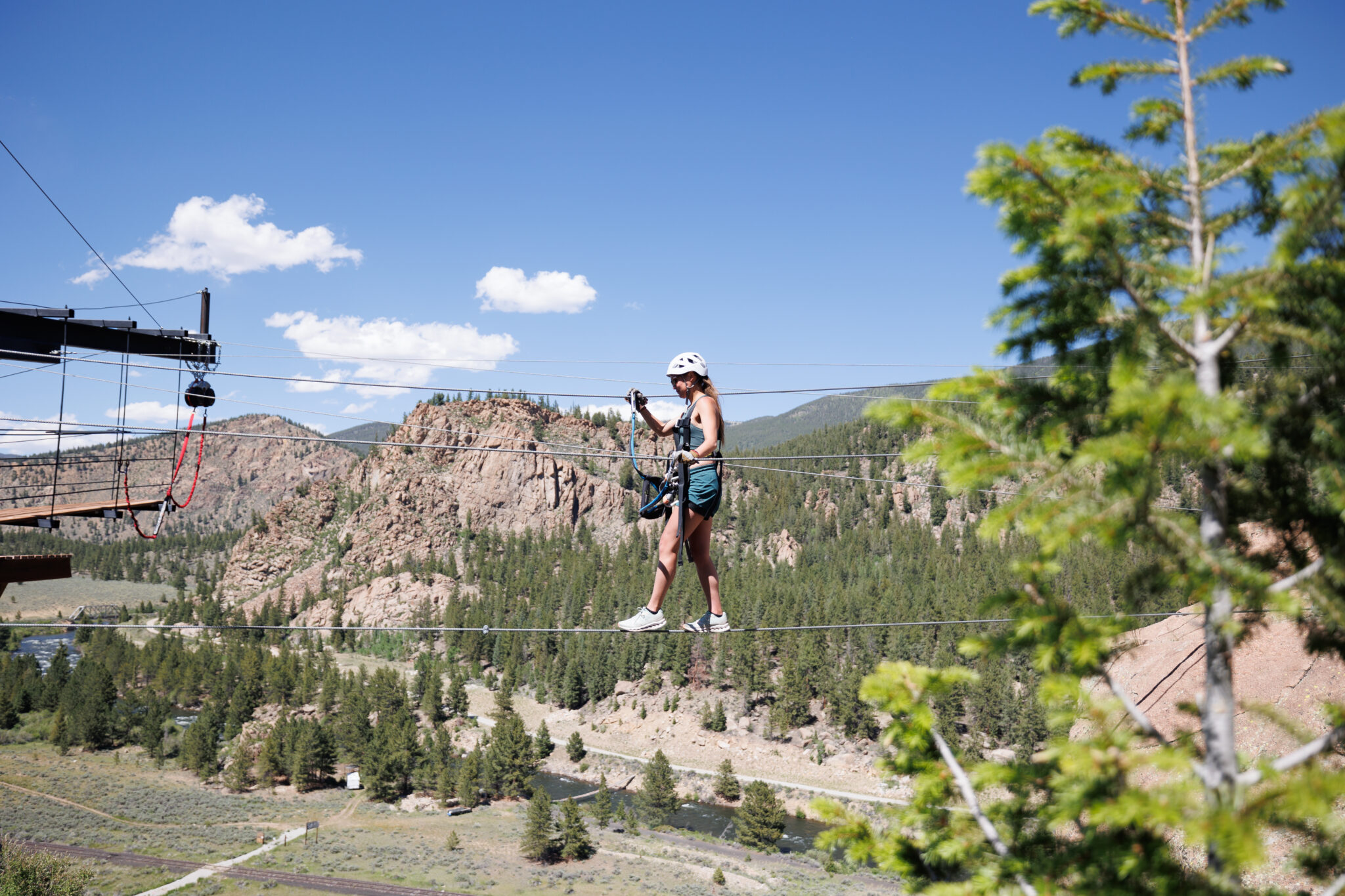
Your Guide to Whitewater Rafting


How Do I Find The Right Trip
Have you recently just started looking into booking a whitewater rafting trip? Are you wondering what the different classifications mean?
On a guided tour, you don’t necessarily have to worry about having tons of prior experience. We are the outdoor recreation experts, so we’ll take care of the technical knowledge, and we’ll provide a detailed orientation when you arrive.
Here's what does matter
A. Physical fitness
The most important factor when considering a more “difficult” trip is the fitness level of everyone in your group. Can you run a mile and swim ten laps in a pool? If so, you should be able to do most of the trips we offer even if you don’t have much prior experience. If you have a lower fitness level, consider some of the less difficult options
B. Intensity level
Even if you’re physically fit, it’s important that you are ready for the intensity level on our more advanced trips. For this reason, we often set a higher age limit in order to ensure everyone has the mental and emotional maturity to handle a high consequence situation. Being able to react and self rescue is critical on advanced trips.
C. What kind of experience you want
Even if you’re fully capable of max adrenaline trips, you should evaluate whether that is the experience you’re looking for. Some of guests are seeking the biggest thrill they can get while others prioritize spending time with their friends and family or enjoying the beautiful scenery.
See Our Difficulty Level Scale

1. Leisurely
Leisurely trips do not require much or any physical exertion. These trips are great for all ages and ability levels including those who made accessible access, and those looking for a relaxing experience in Colorado. Guests do not need to be physically fit in order to go on these trips.
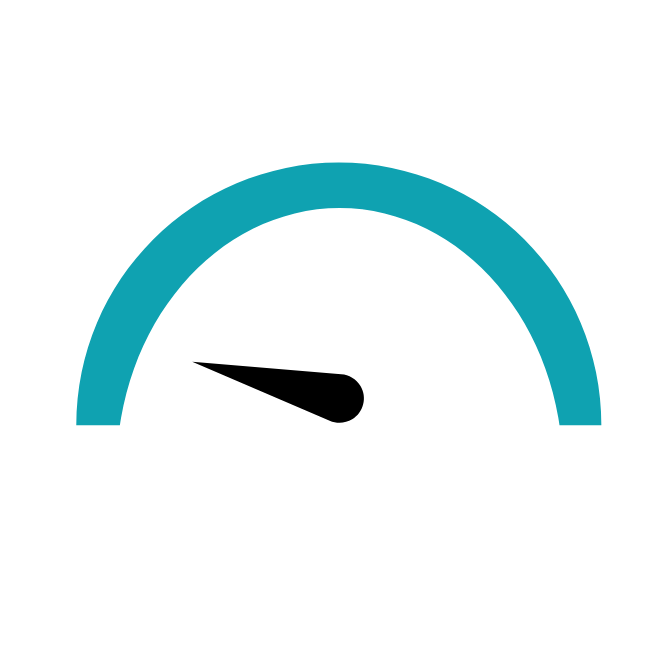
2. Fun & Mellow
Mild trips that require some but very little physical exertion. These trips are great for most ages, but some age or weight minimums can apply to different trips. Younger children can generally go on these trips. Guests do not need to be physically fit in order to go on these trips.
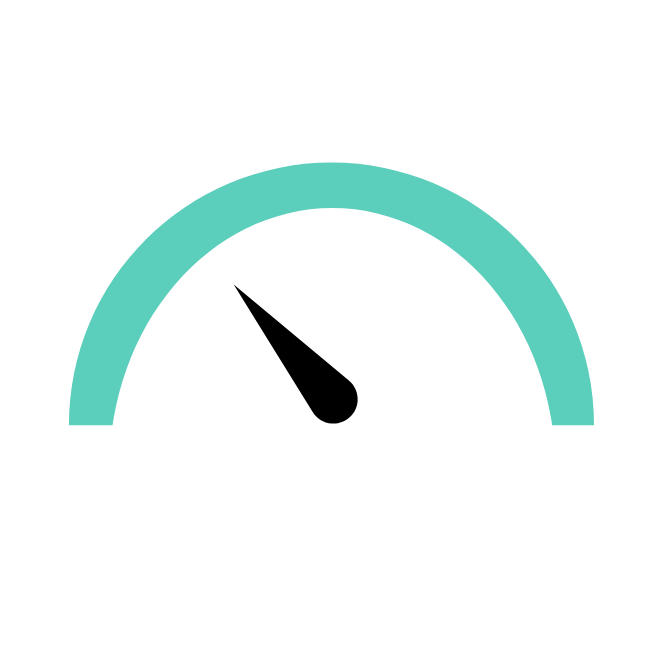
3. Splashy & Moderate
Moderate trips that might require some physical exertion or may be longer in duration than the fun & floaty trips. These trips typically have age minimums ranging from 3 years old to 10 years old, but they are subject to change. Guests do not need to be physically fit in order to go on these trips. These trips may bring a bit more of a “thrill” as opposed to being mellow.

4. Exciting & Active
Exciting trips that will require a bit of physical exertion. These trips typically have age minimums ranging from 7 years old to 12 years old, but are subject to change. Guests do not need to be physically fit but should expect to be a little active on these trips. Rafting trips will be splashy.

5. Thrilling & Very Active
Exciting trips that will require physical exertion for portions the trips. Most of these trips are full day of adventure. These trips typically have age minimums ranging from 12 years old to 15 years old but are subject to change. Guests should be moderately active in order to go on this trip.
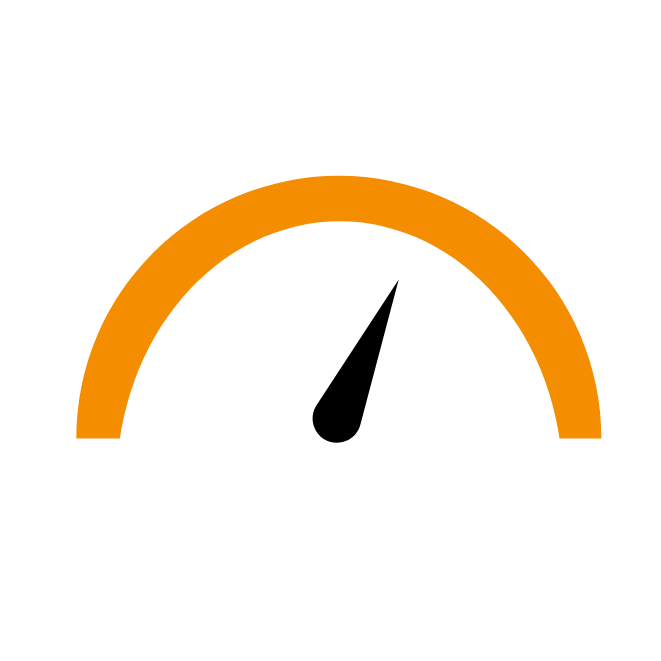
6. Wild & High Exertion
Intense trips that will be physically demanding. These trips have an age minimum of 15 years old, and are strictly enforced. Guests should be physically active before going on a these trips and should expect to engage in physical activity throughout.

7. Heart Pounding
Highly intense trips that are physically demanding and last for a full day. These trips have an age minimum of 15 years old, and are strictly enforced. Guests should be very physically active before going on a these trips and should expect to engage in physical activity for most of the day.

8. High Intensity
Non-stop intensity and physical activity. Rafting trips that require continuous paddling and are high consequence should a rafter fall into the water. The 15 year age minimum is strictly enforced. Guests who are not highly physically active may be turned away. Expect to engage in physical activity for the duration of the adventure.

9. Maximum Adrenaline
A full day of non-stop, high intensity and highly physical activity. Rafters who fall in the river will be in a high consequence situation and will need to self-rescue. The 15 year age minimum is strictly enforced and guests who are not sufficiently physically fit will be turned away. Expect to engage in intense physical activity for the entire day.
About River Rapids Classification
We have opted to provide a single system that we feel is accessible to our guests, but if you’ve rafted before, you may be familiar with the classification system used for whitewater rapids. Class defines the size the rapids on the trip are according to an objective white water standard. This classification scale is widely-used and considered objective, however there can be critical differences from one river to the next and at different times of year. A section of river can be Class III when the water is low, and at higher water levels, it can bump up to Class IV. Rivers are a natural element and can change constantly. We do always reserve the right to change minimum age, fitness and weight requirements depending on water flows.
Whitewater river rafting is not like a fully controlled Disneyworld ride. We work with natural elements that change every day. But this is also why we stress safety, training and experience every day with our guides. Our guides average 8 years of experience, which is one of the highest in this industry.
The different classes are explained below.


River Classes
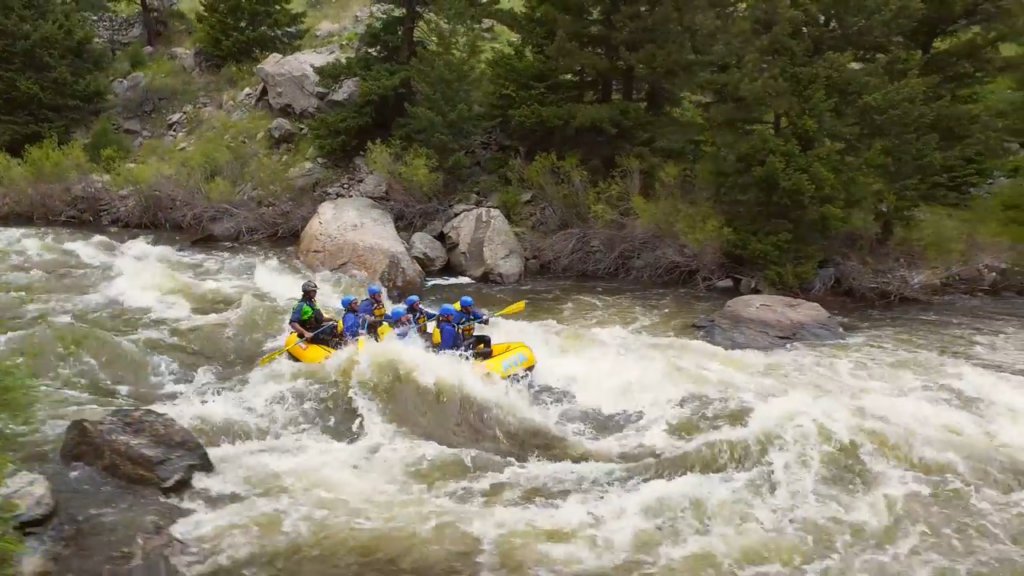
No waves or obstacles. Like sitting in your bathtub.
Easy. Rapids with regular waves and wide channels.
(AVA minimum age 6-7 years) Moderately difficult. Irregular waves and narrow channels. This is what we consider to be family-level whitewater rafting.
(Minimum ages may vary) Difficult. Complex channels with obstacles to be avoided. Precise maneuvering.
(Minimum ages may vary) Extremely difficult. Long rapids following each other consecutively.
Considered unrunnable commercially


